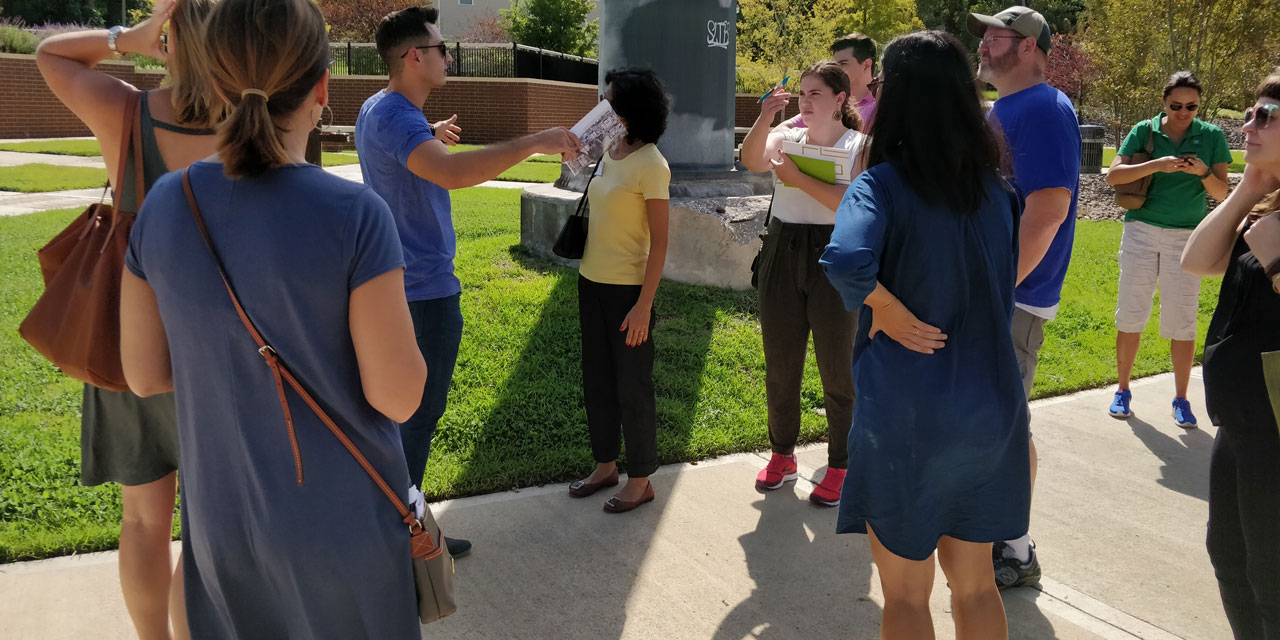
07 Jun Walkability Summit Aims to Boost Well-Being Across Region
Here are three important reasons why public health leaders in the region decided to launch a new regional walking effort, starting with a first annual Walkability Summit next week:
• The annual cost of health care runs about $2,500 less for someone who is physically active compared to someone insufficiently active.
• The Buffalo Niagara metro area ranked 151 out of 186 metro regions last year in terms of health and well-being, according to a Gallup-Sharecare survey.
• Five of eight counties in the region – including Erie and Niagara – landed in the bottom 10 of New York State’s 62 counties during in a national health rankings survey released in March.



